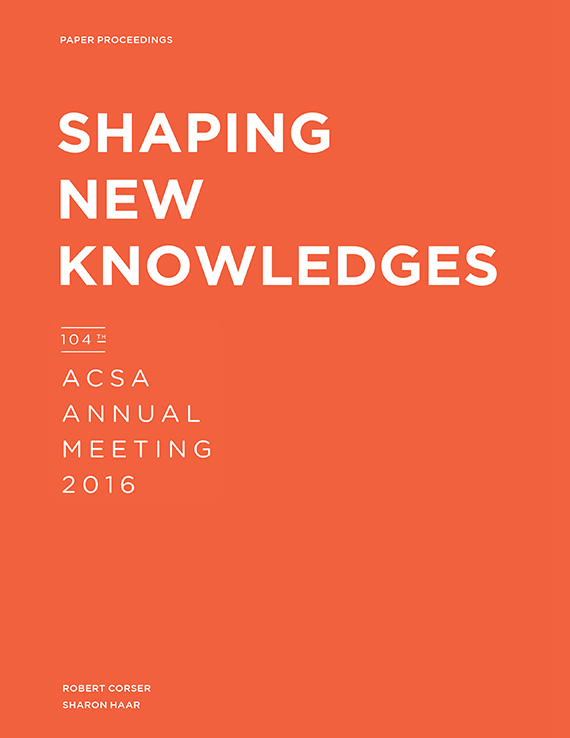Author(s): Phoebe Crisman
Contemporary architectural discourse about new modes of collaborative practice often focuson the production benefits of digital technology, parametric design, and rapid prototypingto the near exclusion of socio-economic considerations. Kenneth Frampton critiques this disjuncturein the edited volume Building (in) the Future: Recasting Labor in Architecture. Hewrites in this analysis of the current fascination with building cladding, “Thus we are confrontednot only with a fetishistic emphasis on the membrane as an end in itself but also withthe problematic displacement of the ‘what’ with the ‘how.’”1 In this post-critical climate, thearchitectural discipline has become increasingly preoccupied with the ‘how’ over the ‘what,where, when and why.’ Humanitarian aid projects for the global South often present themost troubling misalignment of socio-economic context and architectural technology whendesigners employ their normal mode of production with radically different collaborators andconditions. Such projects typically reject the value of participatory practice and incorporatebuilding materials and advanced technologies that far exceed the acquisition, construction,and maintenance capacity of a particular social situation.
Volume Editors
Robert Corser & Sharon Haar
ISBN
978-1-944214-03-6

 Study Architecture
Study Architecture  ProPEL
ProPEL 
